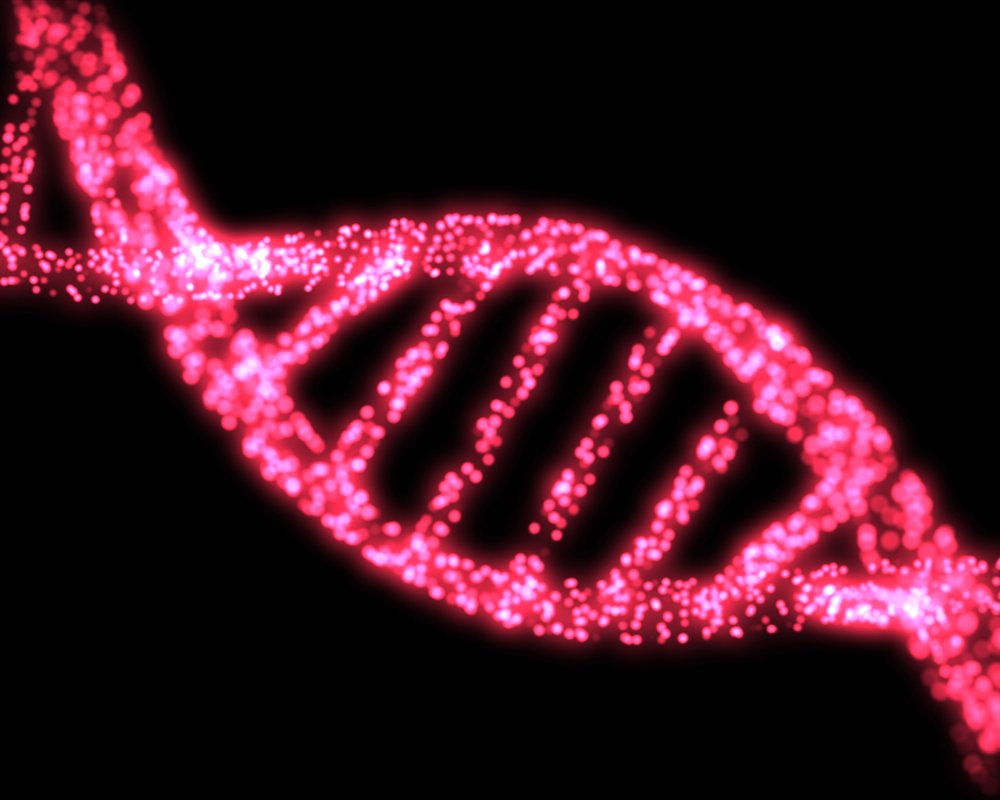
Here’s a holiday you’ve probably never celebrated: April 25 is DNA Day! It honors the publication of the original 1953 paper from James Watson, Francis Crick, Rosalind Franklin, and others first describing the double-helix structure of DNA. In more recent times, the day has also commemorated the Human Genome Project, declared complete in April 2003. This year, DNA Day marks the 60th anniversary of Watson and Crick’s discovery as well as the Human Genome Project’s 10th anniversary.
In honor of this special day, Techonomy went looking for the biggest accomplishments that came out of the Human Genome Project (HGP). After all, President Obama said in his State of the Union address this February that every dollar spent on the HGP returned $140 to the American economy. We polled leaders in the scientific community to find out what they see as the best things to have been facilitated by that landmark scientific expedition.
Here’s what they told us:
Sharon Terry
President and CEO, Genetic Alliance
(Terry’s group advocates for translating genetic advances into better healthcare, especially for rare diseases.)
Open data sharing. The HGP broke a solid cultural logjam—the belief that clinical and scientific information should be protected and belong only to the solitary scientist or his group. The HGP set a new standard that continues to challenge the rest of biomedical research and is gradually overturning research as we know it.
Eric Green
Director, National Human Genome Research Institute
(With the Department of Energy, the Institute coordinated the 13-year HGP. Green was named director in 2009.)
Many impressive accomplishments over the last decade have been made possible by the Human Genome Project. But the #1 accomplishment has been the technical revolution in DNA sequencing. Ten years ago (almost to the day), the project completed the first sequence of the human genome, which required something like six to eight years of active sequencing and had a cost of roughly $1 billion. Then came granting programs and private investments focused on knocking down bottlenecks en route to the ‘$1,000 Genome.’ Today, a human genome sequence can be generated for well under $10,000, and soon close to $1,000—and it only takes a day or two to do so! It is hard to come up with an accomplishment more impressive than that. In my opinion, those technology developments have really driven (almost) everything else in terms of genomic accomplishments.
Mike Snyder
Professor and Chair of Genetics, Stanford University; Director, Stanford Center for Genomics and Personalized Medicine
Snyder sequenced his own genome and found a previously unknown risk for diabetes; because of that, he closely monitored his glucose levels and was able to detect the eventual onset of the disease long before more noticeable symptoms arose.
1) Cancer genome sequence
2) Mapping many genetic diseases and solving of mystery diseases
3) My project to use genomes to predict disease risk and monitor disease onset and progression (Chen et al., Cell 2012)
4) Understanding regulatory circuits at an unprecedented level
5) The discovery of a large number of nonprotein coding RNAs in regions of the genome that were thought to be non-functional (Rinn et al. 2003 Genes Devel.; Bertone et al. 2004 Science)
6) Obviously it has been a great stimulus to the economy.
Eric Schadt
Professor and Chair of Genetics and Genomic Sciences at the Icahn School of Medicine at Mount Sinai
(Schadt’s team provided unique insight into the cholera and E. coli outbreaks in Haiti (2010) and Germany (2011), respectively.)
Two things that stick out in my mind, one of which will be similar to others and another that will perhaps be underappreciated:
1) The sequencing of the human genome motivated an incredible race to sequence genomes at low cost and quickly, so that in the decade since the “finishing” of the human genome, new technologies have emerged at a rapid pace and driven the cost of sequencing down precipitously, facilitating not only an explosion of scientific successes, but ushering in the era of personalized medicine.
2) The complete sequence of the human genome has enabled unprecedented characterizations of not only genes, non-coding RNAs, etc., , but of a vast array of previously unknown functional elements. These suggest a complexity of biological regulation that was completely unknown and so not appreciated, all of which speaks to the increasing complexity in system regulation and what may be needed to resolve it.
Linda Avey
CEO, Curious, Inc.
Avey co-founded Curious, Inc., which allows people to mine and share their own health data; she was also co-founder of 23andMe, the first mainstream consumer genomics company.
So many great things have come from the HGP, it’s hard to settle on just one. Probably the biggest thing is the follow-on development of next-generation sequencing technologies that are moving ahead at light speed. These platforms will hopefully enable the clinical utility we’ve been envisioning since the completion of the HGP—using full genome sequencing as a baseline for rare disease identification, newborn screening, cancer diagnostics, and personalized medicine, to name a few advancements. I don’t think any of us who were around during the original project would have believed how far we’ve come regarding cost and quality of full genome sequencing. Incredible!
President Obama noted the benefits of the HGP in his last State of the Union address, as he announced the next big breakthrough—the Brain Research through Advancing Innovative Neurotechnologies (or BRAIN) Initiative. Here’s Techonomy’s take on that.
Why Scientists Celebrate DNA Day (April 25)
Here’s a holiday you’ve probably never celebrated: April 25 is DNA Day! It honors the publication of the original 1953 paper from James Watson, Francis Crick, Rosalind Franklin, and others first describing the double-helix structure of DNA. In more recent times, the day has also commemorated the Human Genome Project, declared complete in April 2003. This year, DNA Day marks the 60th anniversary of Watson and Crick’s discovery as well as the Human Genome Project’s 10th anniversary.

















